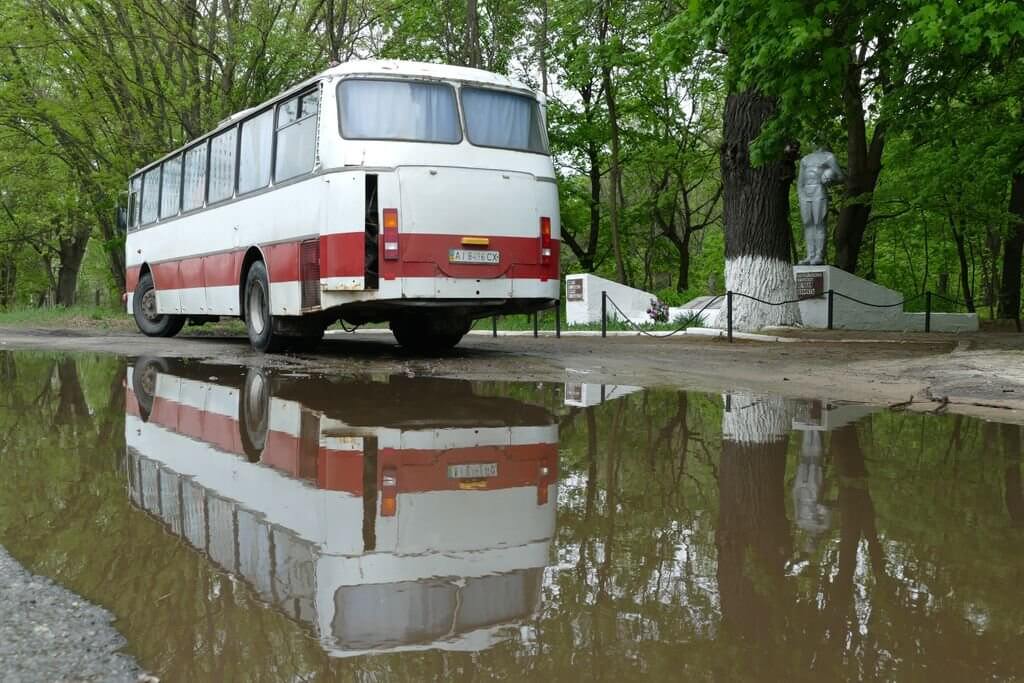
Craig George takes a trip to Pripyat to explore the Chernobyl Exclusion Zone and discover what was left in the wake of the Chernobyl disaster
As a bus driver, I have spent many hours in bus stations, surveying the unremarkable scenery. Yet today, I can barely believe my eyes. A bus stands alone on the concourse and I am almost hypnotised by its presence. This would not normally be anything out of the ordinary… until I tell you I am in the Ukrainian city of Pripyat, evacuated on 27 April 1986 following the disastrous sequence of events at the neighbouring Chernobyl Nuclear Power Plant, just 3.5km away.
[…]
By subscribing you will benefit from:
- Operator & Supplier Profiles
- Face-to-Face Interviews
- Lastest News
- Test Drives and Reviews
- Legal Updates
- Route Focus
- Industry Insider Opinions
- Passenger Perspective
- Vehicle Launches
- and much more!


